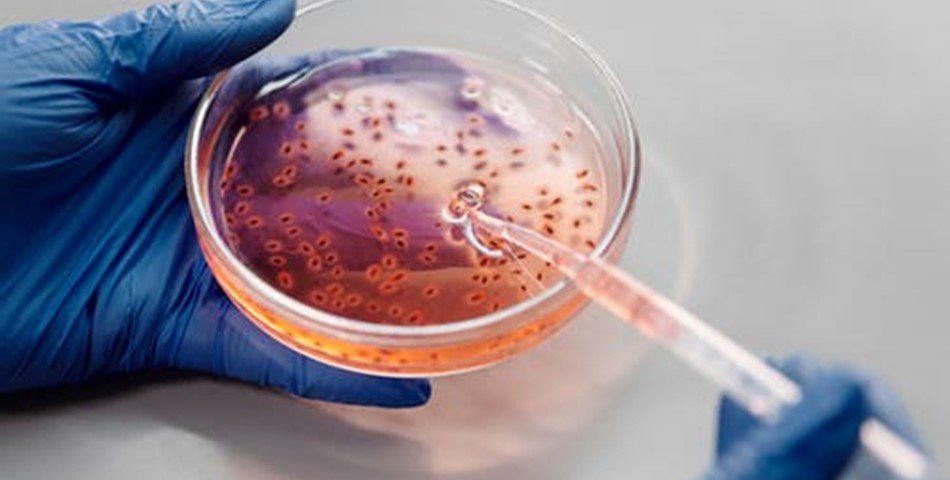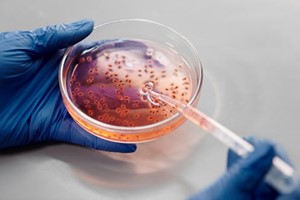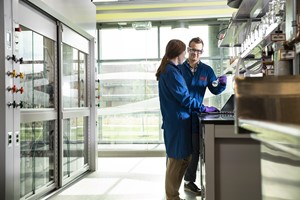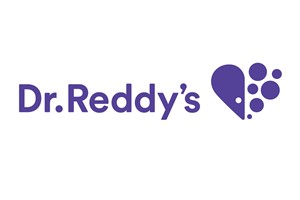Technological improvements in Clinical Genetics have progressed apace, transforming the landscape of both diagnosis and management of inherited genetic diseases. Initially testing for single gene nucleotide changes, it is now possible to screen larger panels and exomes. The drop in prices from ~US$3 billion to sequence the first human genome, to current prices of ~US$1000 per genome means that even whole-genome sequencing can be undertaken more routinely. This has led towards mainstreaming of Genomic Services. Conversely, it has meant that the key roles of Clinical Geneticists, including gatekeeping of tests, identification of risk and variant interpretation, will likely change.
The past: gatekeeping
In the past, diagnostic laboratory tests to establish the cause of inherited diseases were expensive, slow and limited. Turnaround times involved months from starting a consultation to patients receiving a diagnosis. This meant that the clinician’s skill in taking a thorough history and recognizing dysmorphological features were key to identifying the relevant individuals for testing. Patients were only tested after a thorough assessment by a Clinical Geneticist, who therefore acted as a gatekeeper for expensive tests. Even after individuals were correctly confirmed to have specific conditions, in many cases, options to significantly alter outcomes were either limited, or involved life-changing surgery.
The present: expansion and transformation
As prices dropped, availability of testing increased, and the 100,000 Genomes Project established infrastructure, enabling further expansion. This increased testing drove laboratory-based improvements, including sample logistics to allow for higher throughput, in addition to standardization of reporting, paving the way for the development of the nationalized Genomic Medicine Service.
This has been aided by the development of the National Genomic Test Directory for Rare and Inherited Disease, an annually updated list of test panels that are most appropriate to utilize for the diagnosis of specific suspected conditions. Such accessibility led to improvements in patient management, reducing turnaround times, and negating the need for subsequent specialist referral.
Advances in genetic technology have increased the option of high-throughput testing, including whole-genome testing in trios (parents and affected child to identify de novo and recessive traits) and matched tumor and blood testing (for acquired mutations), the latter of which is becoming increasingly routine. This influx of data and linking these to predictions of risk for populations has placed heavy demands on bioinformatics analysis, including both software and manual assessment, to aid interpretation of the resulting information.
Additionally, increased quantities of data result in an increased number of variant identifications, often of unclear significance. Standardization, such as in the guidelines set out by American College of Medical Genetics and Genomics, which uses a point-based system to assess likelihood of pathogenicity of a variant, has attempted to address this issue. This could lead to a new role for Clinical Geneticists, offering clinical support, and aiding in reverse phenotyping, whereby an individual has investigations prior to a dysmorphological review. In complex cases, Geneticists may also be required to assist with determining the right test (read depth/trinucleotide repeats/methylation analysis) to reach the correct diagnosis.
The future: mainstreaming
The potential impacts of these changes suggest that Clinical Genetics needs to reflect on its position if it is no longer to focus on gatekeeping tests or interpreting results, especially as society is changing its view over autonomy for genetic and predictive testing. The field remains vital in driving the technological advances in pharmacogenetics and precision medicine to improve our understanding in predicting individual responses to medical interventions, as outlined by Dame Sally Davies in her 2016 report. The number of genetic associate roles may also need to increase, as mainstreaming teams may struggle with the expansion of their clinical responsibilities and the corresponding administrative work required for data entry.
As risk stratification moves towards computerized systems, questions remain regarding exactly who will take responsibility for these decisions, and how this may affect clinical autonomy. An increasing reliance on computers could paradoxically place healthcare delivery at risk of actually depersonalizing healthcare, if it is being delivered by automated software on machines without a sense of moral judgement; unable to weigh up complex social and emotional factors.
With changes in diagnostic tests, variant interpretation, predictive testing, counselling dynamics, risk assessment algorithms and the development of online patient-led care, navigation aids for gene carriers means that redefining the role of Clinical Geneticists may well be required.
Eva Tromans & Julian Barwell













